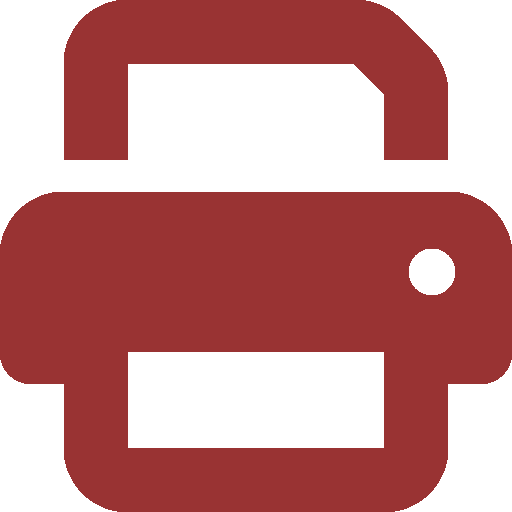Mishael Quraishi ’25 named 2025 Churchill Scholar
Quraishi: “MIT beat me down and built me back up”
Mishael Quraishi ’25, a Course 3-C (Archaeology and Materials), was recently named a 2025 Churchill Scholar. The Churchill Scholarship was established at the request of Sir Winston Churchill in 1959 to support American students studying at Cambridge University. The program's goal is to strengthen the US-UK relationship by advancing science and technology.
As a Churchill scholar, Quraishi will continue her research on Egyptian blue pigment at Cambridge, and plans to pursue a MPhil in archaeological research. In an interview with The Tech, Quraishi outlined her goal to pursue a PhD in archaeological materials, integrating ancient techniques with modern design.
This interview has been lightly edited for concision and clarity.
TT: What was your journey of applying for the Churchill Scholar program? How did you feel when you were selected?
Quraishi: I found out about the Churchill fellowship through the MIT Distinguished Fellowships page. I had been thinking for a while that I might want to study in the UK because archaeology is a big field there. A year of being able to have freedom with your research is very thrilling to me.
I would say it was a long process of self-reflection and thinking about what I value, how I've gotten to study the things that I'm studying, what I want to study in the future, and what kind of impact I want to have. Having clarity on all of those helped me tell my story in a way that not only felt true to myself, but also made sense to an outside reader.
I had faced a few rejections, but I wasn't discouraged. My mentality is whatever is meant to work out, will work out. When I found out [I was selected], I was with my whole family for Christmas and we were all freaking out. I'm still freaking out. I'll probably be freaking out until I get there.
TT: What do you intend to do as a Churchill Scholar? What are your long-term professional goals?
Quraishi: The Churchill program is one year, which feels pretty short, so I’ve had to put a lot of thought into this. My current research is on Egyptian blue pigment, which is the oldest synthetic pigment in human history. While I'm there, I'm going to continue some of the threads of research that I'm doing here.
My current SuperUROP is trying to look at the atomic scale, using transmission electron microscopy (TEM) to uncover differences in production methods for how different places produced Egyptian blue a long time ago. While I'm there, I'll continue some of that research, and try to meet other people in the [Churchill] Scholars Program.
I'm the only archaeologist among the scholars. The rest of them study pure math, physics, or computer science, so hopefully, that interdisciplinary cohort will help me challenge my own research questions. After this, my goal is to pursue a PhD in archeological materials, with the idea of antiquity-inspired design, which is how we can look at the past and repurpose or find new ways to use old materials to do things that benefit people today.
TT: How has your experience at MIT shaped the person you are today?
Quraishi: MIT is one of the few places that has a joint archaeology and materials engineering program, so I've been really lucky having the background of a hardcore science engineering perspective and combining it with archaeology. I have loved my time here, and I think there are a few different core facets that I can say I loved the most.
So there’s obviously Course 3, which has given me plenty of materials science knowledge, and a great academic community of friends who I’ve bonded with over hard classes that have made us stronger. My lab work here has allowed me to explore questions that interest me.
The rowing team has given my life a lot of balance in that I am seeing a different demographic of people every day. I'm outside for two hours every day, which is definitely good for my mental health.
The last thing is the arts, which I’ve recently been pushing a lot more through taking art classes. I’m taking ceramics this semester. I do a lot of stuff in the forge and the MIT-Broad Foundry through Course 3, and all of that is another balancing factor.
I think MIT has pushed me really hard, but it's taught me how to find joy and balance.
TT: Looking back, what advice do you have for MIT students interested in fellowships like Churchill?
Quraishi: Don't be afraid to ask for help. It sounds so cliche, but at MIT, we are blessed to be in a community where everybody wants to see you succeed and wants to help you. I talked to previous students who had won other fellowships, and they kindly offered to talk through ideas with me.
I met with the Fellowships Office very frequently. Kim Bernard is wonderful. She's amazing. Shout out to her. I also made really good use of resources like CAPD and the Writing and Communication Center.
The whole process for me was very introspective, and sometimes that can be difficult. It can be daunting to try and describe your purpose in life, but talking to people who know you was helpful to me. At a certain point, you just have to trust that you know yourself and you know the things that you want to do. Stick by what you believe, and write something that feels reflective of you and something that you're proud to submit.
My final piece of advice is that it's easy to get caught up in the doom and gloom when things are hard. It definitely was hard and it challenged me a lot. I did not walk around this place thinking that I was great all the time. But it beat me down and built me back up.





